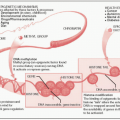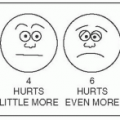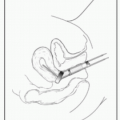Agent |
Cancer(s) |
Tobacco: |
33% of cancer deaths in the United States are caused by smoking (IARC: World Cancer Report: 2010)
In 1950, the first large studies published linking smoking & lung cancer (BMJ 1950;2:739; JAMA 1950;143:329)
Tobacco-related carcinogenesis: Tobacco → multiple carcinogens → covalent bonds formed w/DNA → DNA adducts → miscoding → mutations
|
Lung, larynx, nasal, oral cavity, esophagus, liver, pancreas, cervix, bladder, leukemia, & colorectal |
Infectious: |
Hepatitis C Virus |
Liver |
Hepatitis B Virus |
Liver |
Epstein Barr Virus |
Burkitt lymphoma, nasopharynx, Hodgkin lymphoma |
Herpes Simplex Virus 8 |
Kaposi sarcoma, pulm effusion lymphoma, Castleman disease |
HPV |
Anogenital & oral cavity |
Polyomavirus |
Merkel cell carcinoma |
JC virus |
Progressive multifocal leukoencephalopathy |
HTLV-1 |
Adult T-cell leukemia/lymphoma |
HIV-associated |
Kaposi sarcoma, cervix, various NHL |
H. Pylori |
Stomach |
Schistosomiasis |
Bladder (squamous cell) |
Inflammation: |
Acute & chronic inflammation contributes to multiple cancers |
Reflux esophagitis → Barrett esophagitis → esophageal cancer
Liver cirrhosis: Liver cancer
Chronic pancreatitis: Pancreas cancer |
Chemical Factors: |
Asbestos, silica |
Lung, mesothelioma |
Radon, nickel dust, arsenic, chronium |
Lung |
EtOH |
Oral cavity, esophagus, liver |
Aromatic amines |
Bladder |
Cadmium |
Prostate |
Benzene |
Leukemia |
Smoked, salted, pickled foods |
Stomach |
Aflatoxin |
Liver |
Estrogen (HRT) |
Breast, endometrial |
Androgen |
Prostate |
Immunosuppressants |
NHL |
Physical Factors: |
IR (Chernobyl, atomic bomb) |
Thyroid, leukemia, other solid tumors |
UV light |
Skin cancers |
Lifestyle Factors: |
Obesity |
Breast, endometrial, prostate, esophagus |
Diet—complex exposure |
|
Beta-carotene (JAMA 2003;290:476, JNCI 1996;88:1550) |
↑ lung cancer deaths |
|










